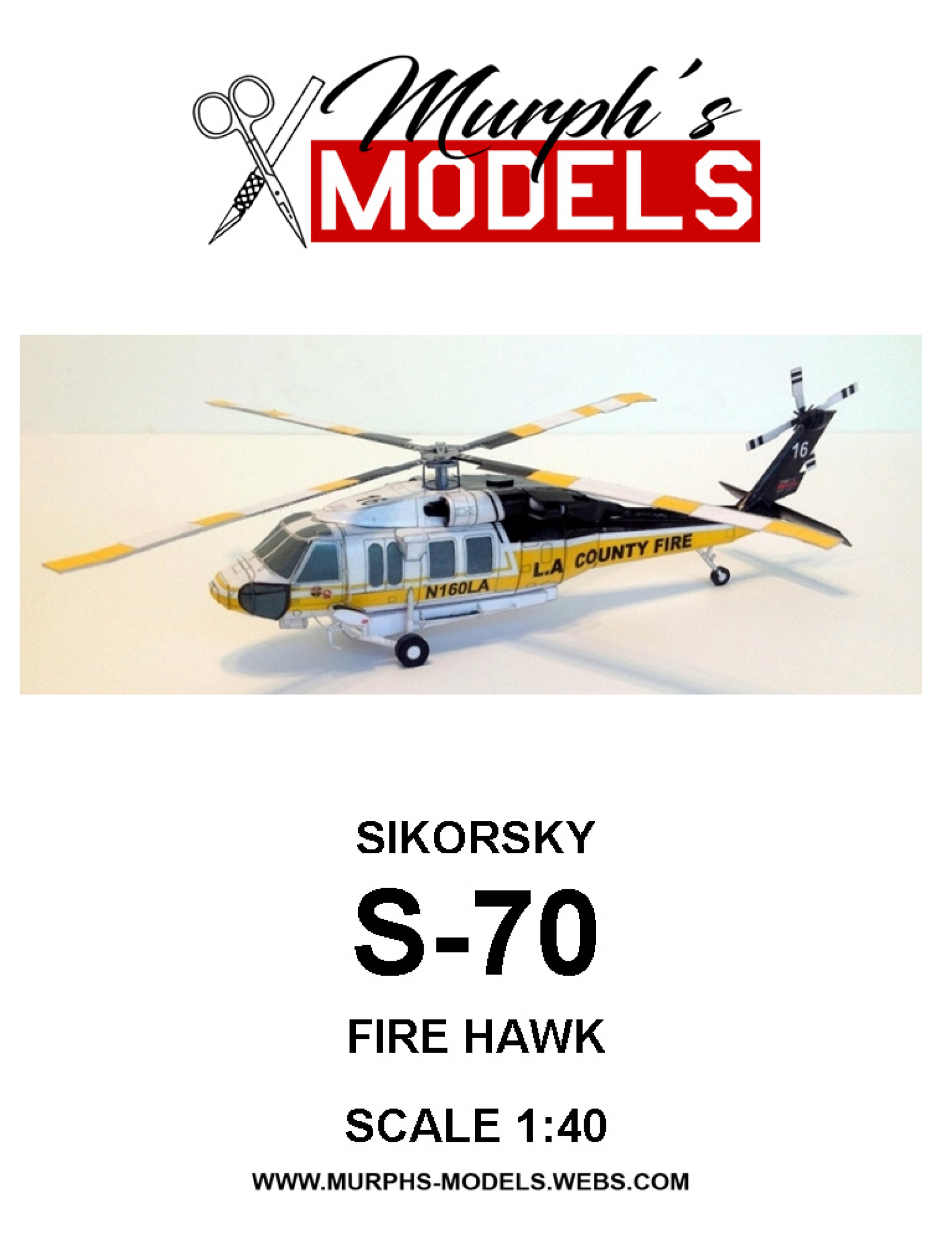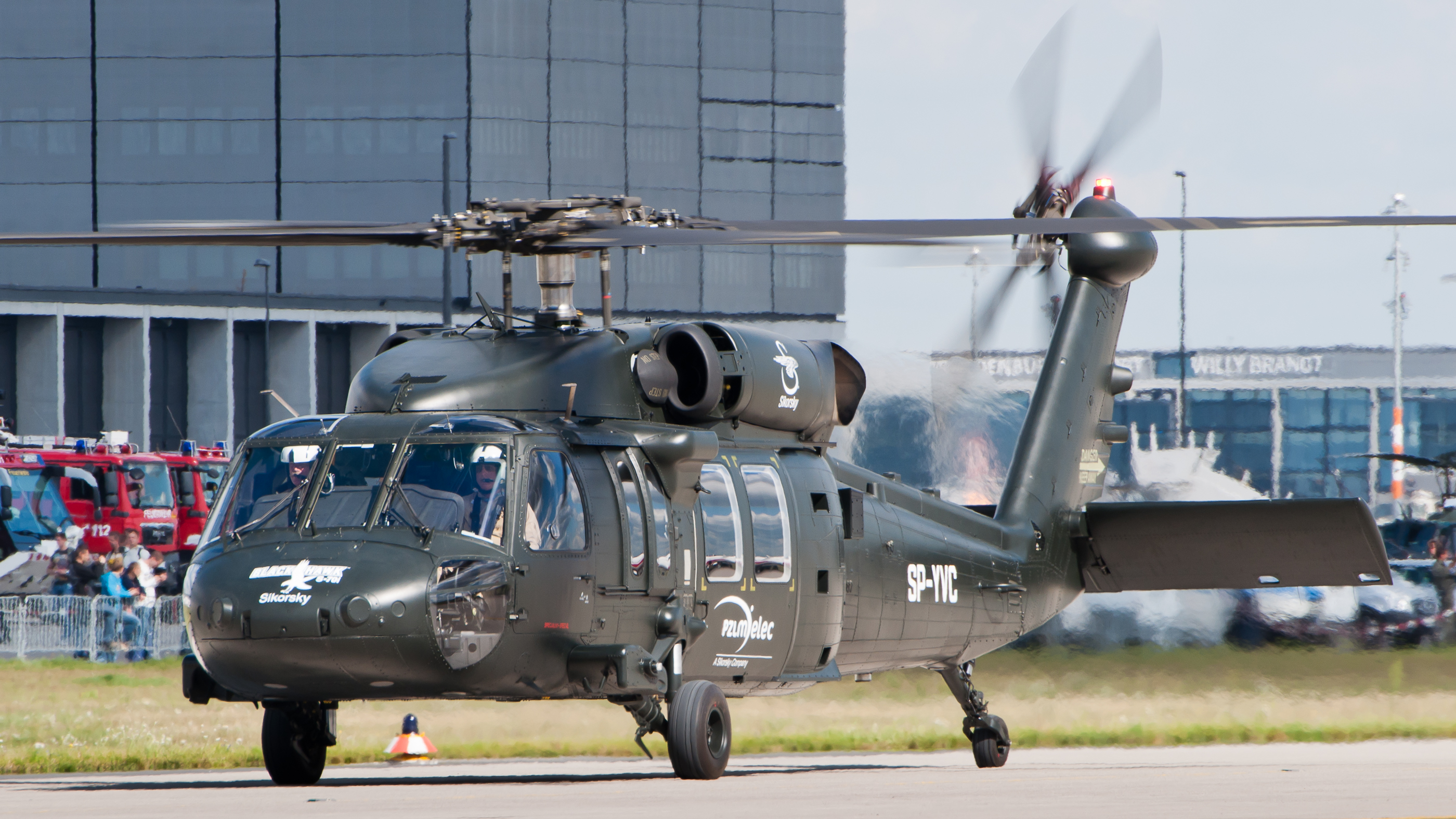Why the Sikorsky S 70 is the Preferred Option for Modern Helicopter Missions
Why the Sikorsky S 70 is the Preferred Option for Modern Helicopter Missions
Blog Article
Rotary-Wing Aircraft Offering Superior Resilience and Accuracy Engineering
In the world of aviation, rotary-wing aircraft have actually long been acknowledged for their one-of-a-kind capacities in numerous functional settings. From armed forces goals to private applications, the evolution of rotary-wing innovation has led the way for machines that provide unequaled durability and precision design. Through developments in materials and building strategies, paired with innovative trip control systems, these airplanes have become vital devices for jobs that demand both robustness and accuracy. As we discover the complex equilibrium in between innovation and integrity in rotary-wing airplane, it ends up being evident that the convergence of advanced modern technology and proven style principles has set a new criterion for efficiency and performance in the aerospace sector.
Advancement of Rotary-Wing Modern Technology
Throughout the background of air travel, the development of rotary-wing technology has actually been a testimony to regular innovation and development in aerial engineering. From the very early days of upright trip with simple designs to the advanced helicopters and other rotary-wing aircraft these days, the progression in this area has been impressive.
In the very early 1900s, leaders like Igor Sikorsky and Juan de la Cierva made significant strides in rotary-wing modern technology. Sikorsky's VS-300 helicopter, initial flown in 1939, noted an essential moment in the development of sensible rotary-wing airplane. This success led the way for further innovations in vertical flight capabilities.

Today, rotary-wing airplane play essential roles in numerous sectors, including army procedures, emergency medical services, law enforcement, and industrial transportation. The evolution of rotary-wing technology proceeds to press the boundaries of what is possible in vertical flight, ensuring that these airplane remain vital properties in the aeronautics market.
Products and Construction Innovations
Demonstrating a fusion of cutting-edge products and accurate building methods, rotary-wing aircraft have actually undertaken considerable improvements in resilience and efficiency. Among the crucial technologies in materials made use of for rotary-wing aircraft is the increasing application of composite materials. These materials, such as carbon fiber enhanced polymers, supply a high strength-to-weight ratio, boosting both the architectural integrity and total efficiency of the airplane. In addition, improvements in making procedures have allowed for even more exact and detailed construction of rotary-wing parts, contributing to enhanced aerodynamics and efficiency.
Moreover, the integration of advanced coverings and surface treatments has actually played a vital duty in improving the toughness of rotary-wing aircraft. These finishings provide protection against deterioration, abrasion, and extreme weather, expanding the life-span of the aircraft and minimizing upkeep requirements.
In terms of construction advancements, additive production, also referred to as 3D printing, has actually revolutionized the production of facility components for rotary-wing aircraft. This innovation allows for rapid prototyping and modification, causing much faster development cycles and decreased expenses. Generally, the constant advancement of materials and building and construction strategies is driving the abilities and efficiency of rotary-wing airplane to new heights.
Accuracy Flight Control Systems

The combination of GPS technology better improves the precision and dependability of these systems, allowing for specific navigation, waypoint monitoring, and automated flight control. sikorsky s 70. This level of accuracy not only boosts the safety and security of rotary-wing operations but additionally improves overall operational performance and goal performance
In addition, the continuous advancements in fabricated knowledge and artificial intelligence have actually facilitated the growth of self-governing trip abilities within Precision Trip Control Solution. This allows rotary-wing aircraft to do complicated goals with unparalleled accuracy and consistency, making them indispensable assets in a large range of applications, including army operations, search and rescue missions, and aerial photography.
Resilience in Testing Atmospheres
Sought after functional settings, rotary-wing airplane demonstrate phenomenal resilience and effectiveness, ensuring optimal efficiency under difficult environmental conditions. These aircraft are designed to stand up to a wide variety of environmental variables, including severe temperature levels, high winds, and harsh surface, making them well-suited for different missions in varied landscapes.
One vital aspect adding to the sturdiness of rotary-wing airplane is their rugged Read Full Report building and construction. These airplanes are constructed making use of high-quality products and advanced design methods to improve their architectural stability and dependability. In addition, components such as rotor blades, engine systems, and touchdown equipment are meticulously developed to withstand the stress and tensions experienced throughout operations in tough atmospheres.
Moreover, rotary-wing aircraft are equipped with sophisticated onboard systems that keep an eye on efficiency metrics in real-time, permitting positive upkeep and early detection of prospective issues - sikorsky s 70. This positive strategy look at here assists stop unforeseen failings and ensures the continued airworthiness of the aircraft popular functional settings. Generally, the resilience of rotary-wing aircraft in difficult settings is a testimony to their premium design and layout, making them essential possessions for numerous mission-critical operations
Maintenance and Dependability Standards
The adherence to strict upkeep and reliability criteria is extremely important in ensuring the ideal performance and safety and security of rotary-wing aircraft. Regular upkeep checks, performed by certified specialists, are important to identify and address any kind of possible problems prior to they compromise the aircraft's performance. These checks incorporate a detailed exam of all important components, including the engine, blades system, avionics, and hydraulic systems, to ensure that they are in prime working problem.
In addition, adherence to set up upkeep periods in accordance with producer guidelines is critical for upholding the airplane's reliability. This positive method helps prevent unexpected break downs and guarantees that the aircraft remains airworthy for its designated objectives. Additionally, the implementation of durable dependability standards, such as routine part testing and substitute based upon predetermined lifecycles, further boosts the aircraft's stability.
Conclusion

In conclusion, the innovations in rotary-wing aircraft innovation have actually caused exceptional durability and accuracy engineering. With cutting-edge materials and building and construction methods, in addition to precision trip control systems, these airplane can operate in difficult environments with boosted reliability. The maintenance and integrity requirements guarantee that these rotary-wing airplane remain to execute at their best, making them crucial assets for different sectors.
Showing a combination of sophisticated products and precise building methods, rotary-wing airplane have actually gone through considerable improvements in resilience and performance. One of the key advancements in materials made use of for rotary-wing site web airplane is the boosting use of composite materials.With meticulous focus to information and advanced technical integration, rotary-wing aircraft have embraced Precision Flight Control Solution as a keystone of their operational excellence. On the whole, the resilience of rotary-wing airplane in challenging environments is a testimony to their remarkable engineering and layout, making them important assets for various mission-critical procedures.
In verdict, the improvements in rotary-wing airplane innovation have actually led to remarkable longevity and precision design.
Report this page